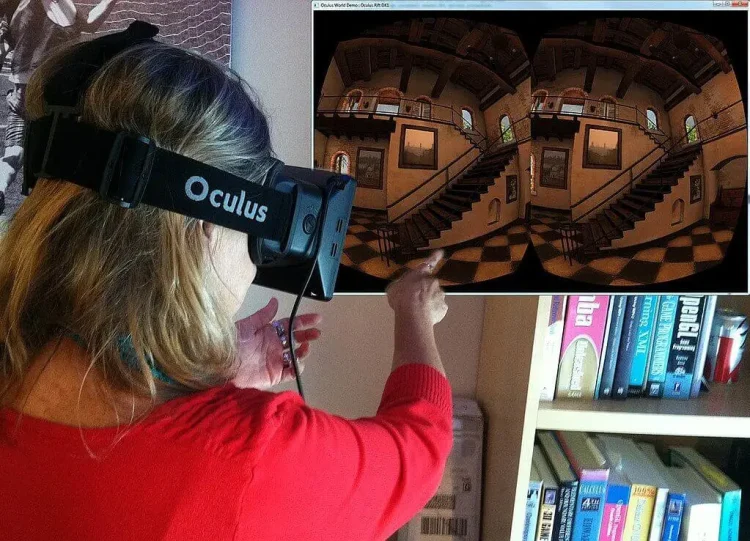Virtual Reality (VR) and Augmented Reality (AR) have transcended the realm of science fiction to become integral parts of our digital landscape, offering immersive experiences that redefine the way we interact with technology. Let’s embark on a journey to demystify these transformative technologies and uncover their potential to reshape our world.
Understanding Virtual Reality (VR):
Virtual Reality transports users to entirely digital environments, where they can explore, interact, and engage with computer-generated worlds in a deeply immersive manner. The cornerstone of VR experiences is the VR headset, a wearable device equipped with high-resolution displays, motion sensors, and sometimes hand controllers.
Imagine donning a VR headset and finding yourself standing atop a towering mountain peak, with breathtaking vistas stretching out before you in all directions. Or perhaps you’re battling fierce adversaries in a post-apocalyptic wasteland, your every move translated into the digital realm with astonishing precision.
Examples of VR Equipment:
- Oculus Rift: The Oculus Rift is one of the most popular VR headsets on the market, offering high-quality immersive experiences for gaming, entertainment, and education. With its comfortable design and intuitive controls, the Rift transports users to captivating virtual worlds with stunning visual fidelity.
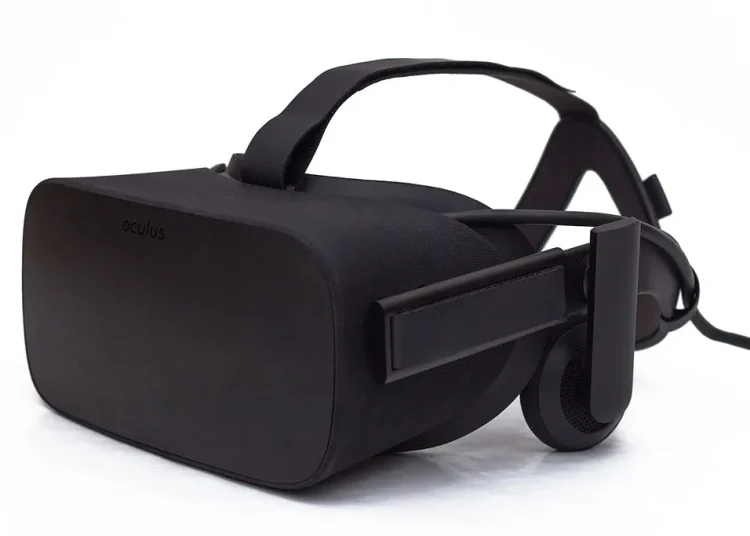
- HTC Vive: The HTC Vive delivers unparalleled room-scale VR experiences, allowing users to move freely within virtual environments and interact with objects in 3D space. Equipped with precise tracking technology and immersive controllers, the Vive offers a truly immersive VR experience for gaming, simulation, and training applications.
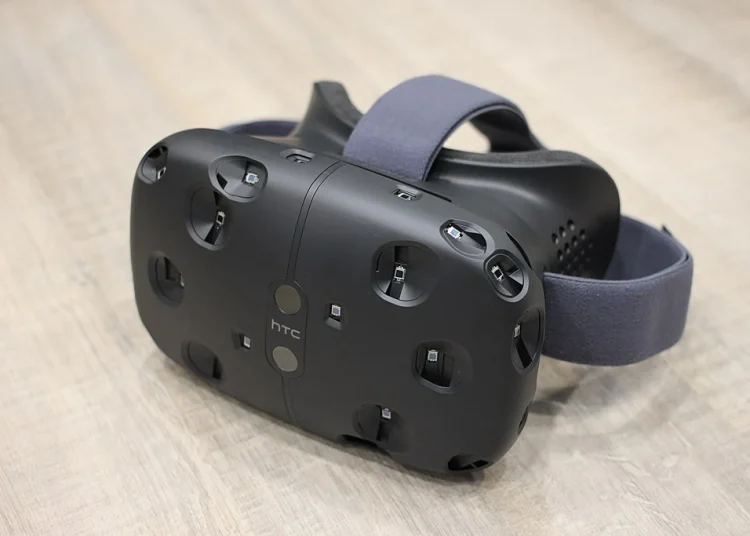
Examples of VR Applications:
- Gaming: VR has revolutionized the gaming industry, offering players unprecedented levels of immersion and interactivity. Titles like Skyrim VR, Beat Saber, and Resident Evil 7 plunge players into richly detailed virtual worlds, where they can wield weapons, cast spells, and embark on epic adventures.
- Training and Simulation: Beyond entertainment, VR is also utilized for training purposes in fields such as healthcare, aviation, and military. Medical students can perform virtual surgeries, pilots can practice emergency procedures in realistic flight simulators, and soldiers can undergo combat training in virtual battlefields.
Deciphering Augmented Reality (AR):
Augmented Reality enhances our perception of the real world by overlaying digital content onto our physical environment. Unlike VR, which immerses users in entirely virtual worlds, AR enriches our surroundings with computer-generated elements, often viewed through the camera lens of a smartphone or tablet.
Picture yourself strolling through the streets of a bustling city, your smartphone screen displaying helpful information about nearby landmarks, restaurants, and historical sites. With AR, the world becomes your canvas, as digital information seamlessly integrates with the sights and sounds of your surroundings.
Examples of AR Equipment:
- Microsoft HoloLens: The Microsoft HoloLens is a cutting-edge AR headset that blends digital content with the real world, enabling users to interact with holograms in their physical environment. From virtual design prototypes to immersive educational experiences, the HoloLens opens up a world of possibilities for AR applications.
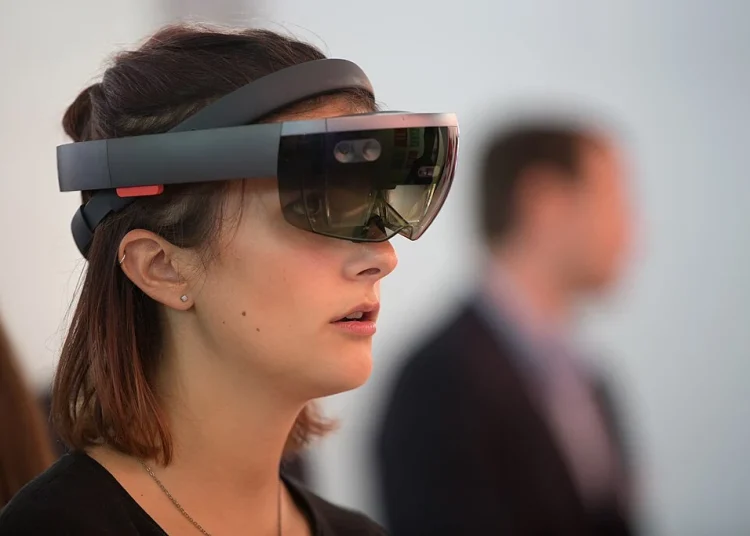
- Google Glass: Google Glass is a wearable AR device that displays information in a hands-free format, allowing users to access emails, navigation directions, and other digital content without the need to look at a screen. With its lightweight design and voice-activated controls, Google Glass offers a glimpse into the future of wearable AR technology.
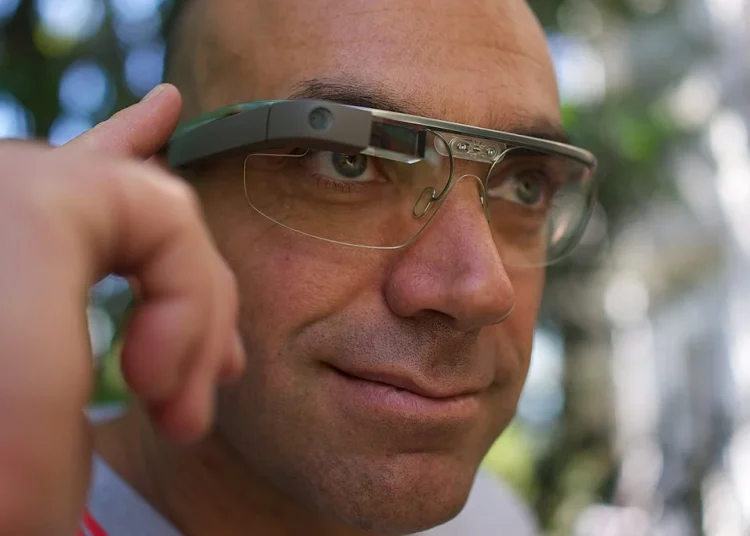
Examples of AR Applications:
- Navigation: AR navigation apps like Google Maps AR provide users with real-time directions superimposed onto their surroundings, making it easier to navigate unfamiliar cities and streets. By simply pointing their smartphone camera at the world around them, users can visualize their route overlaid onto the real world.
- Retail and Commerce: In the realm of retail, AR is revolutionizing the way we shop, allowing customers to preview products in their own homes before making a purchase. Virtual fitting rooms enable shoppers to try on clothing virtually, while furniture retailers offer AR apps that visualize how sofas, tables, and decor will look in their living spaces.
The Difference between VR and AR
The main difference between VR and AR lies in the level of immersion. While VR completely immerses the user in a virtual environment, AR overlays virtual elements onto the real world, allowing the user to still see and interact with the real environment.
Another difference is the hardware required. VR often requires a specialized headset that covers the user’s eyes and ears, while AR can be experienced through devices such as smartphones and tablets.
Both VR and AR have their own unique advantages and applications. VR provides a more immersive experience, ideal for gaming and simulations. AR, on the other hand, enhances the real world by adding virtual elements, making it useful in various fields such as education, training, and entertainment.
The Future of VR and AR
The future of VR and AR is promising. As technology continues to advance, we can expect more realistic and immersive virtual experiences. VR headsets are becoming more affordable and accessible, making it easier for people to experience VR at home.
AR, on the other hand, is already widely used through smartphones and tablets. As technology improves, we can expect more sophisticated AR experiences that seamlessly blend virtual and real elements.
Both VR and AR are expected to have a significant impact on various industries. In healthcare, for example, VR can be used for pain management and therapy sessions. AR can be used in architecture and design to visualize and interact with virtual models.
Virtual Reality and Augmented Reality represent the next frontier of human-computer interaction, offering boundless opportunities for creativity, innovation, and exploration. Whether it’s immersing yourself in a virtual gaming universe or enhancing your real-world experiences with digital overlays, VR and AR have the power to transport us to new realms of possibility.
So embrace the journey into the immersive realms of VR and AR, where the boundaries between the digital and physical worlds blur, and adventure awaits around every corner.








